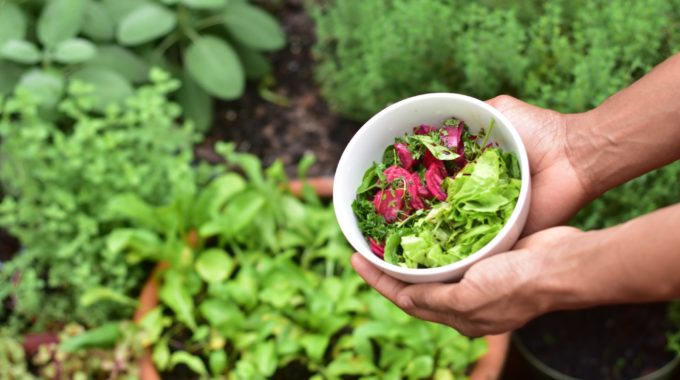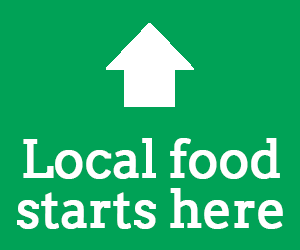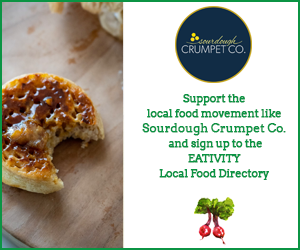More Aussies turn to home-grown food
Following the chaos of pandemic panic buying and the soaring cost of fresh food, many Australians are now looking to their own backyards to produce home-grown food to feed their families.
Decades ago, the vegie patch was once a regular fixture in the average Aussie backyard. But in more recent times – with the advent of mega supermarkets, mass-produced crops and busier lifestyles – the practice of growing your own produce became a thing of the past.
But as consumers have become increasingly interested in knowing about the provenance of their food and drink, backyard vegetable gardens and community gardens have been cropping up in cities and towns across the country. A recent study by the Australia Institute found that 52 percent of Australians were growing some of their own food.
Right now, that number looks set to rise even higher, after COVID-19 caused anxiety about food security and food safety and the cost of food has sky rocketed. Consumer interest in home-grown food gardening has exploded so much in recent years, many suppliers have been overwhelmed with orders.
Biofilta, which produces the modular wicking garden bed Foodcube, both reported a significant growth in customer interest during the pandemic. And it seems that the demand is here to stay.
“We saw a very sharp spike,” says Biofilta CEO Marc Noyce. “There were two distinct types of customer. Those who’d been thinking about growing their own food for a while but had previously been too busy… and those who were panicking. Who’d have thought it would take a pandemic to make people realise that home-grown food is a good idea?”
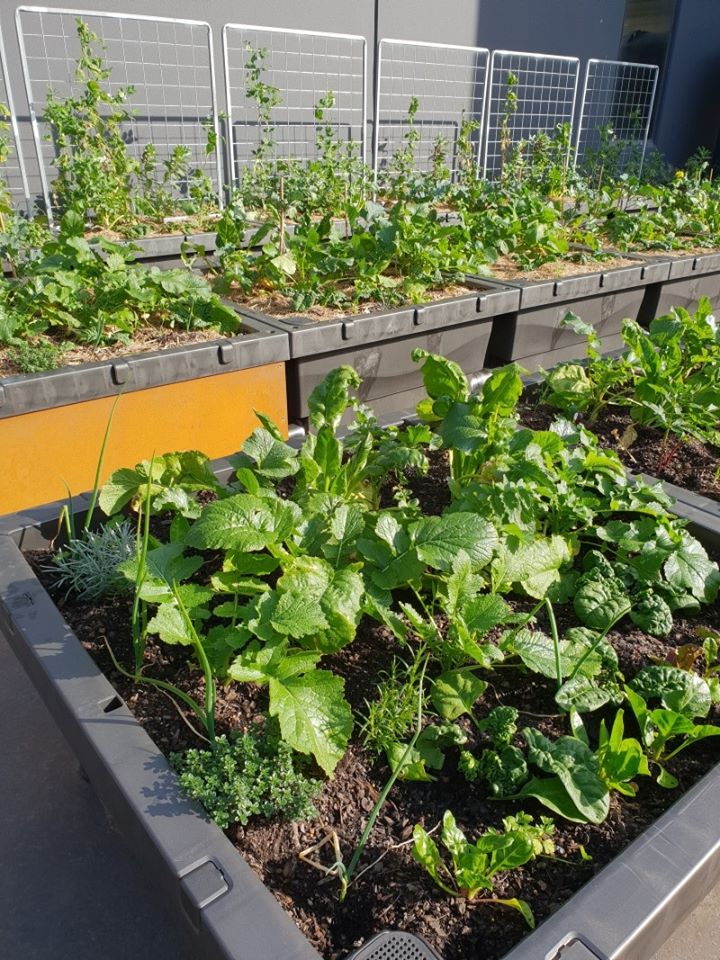
Online orders soar
During the pandemic, The Diggers Club, which sells a variety of gardening supplies, had to temporarily stop taking new product orders as they worked to reduce delays on existing orders.
“(During the pandemic) we saw unprecedented demand,” says Diggers’ spokesperson Donna Morabito. “There was an across-the-board spike in demand for everything from seeds, plants and bulbs to memberships.”
Many other retailers have also experienced significant increases in demand as fresh food prices continue to rise.
“Sales have increased significantly,” says Will Papakostas, General Manager of Greenlife Garden Products. “The most popular products would be our large garden beds, and also our drop-over greenhouses. These were already good sellers, but we’ve had a lot of increased interest. People want to take control of growing their own produce.”
“I also think this is part of a general trend. More people are starting to show an interest in sustainable living. COVID fast-tracked people’s thinking” says Tracey Swenson, Director of Urban Greens.
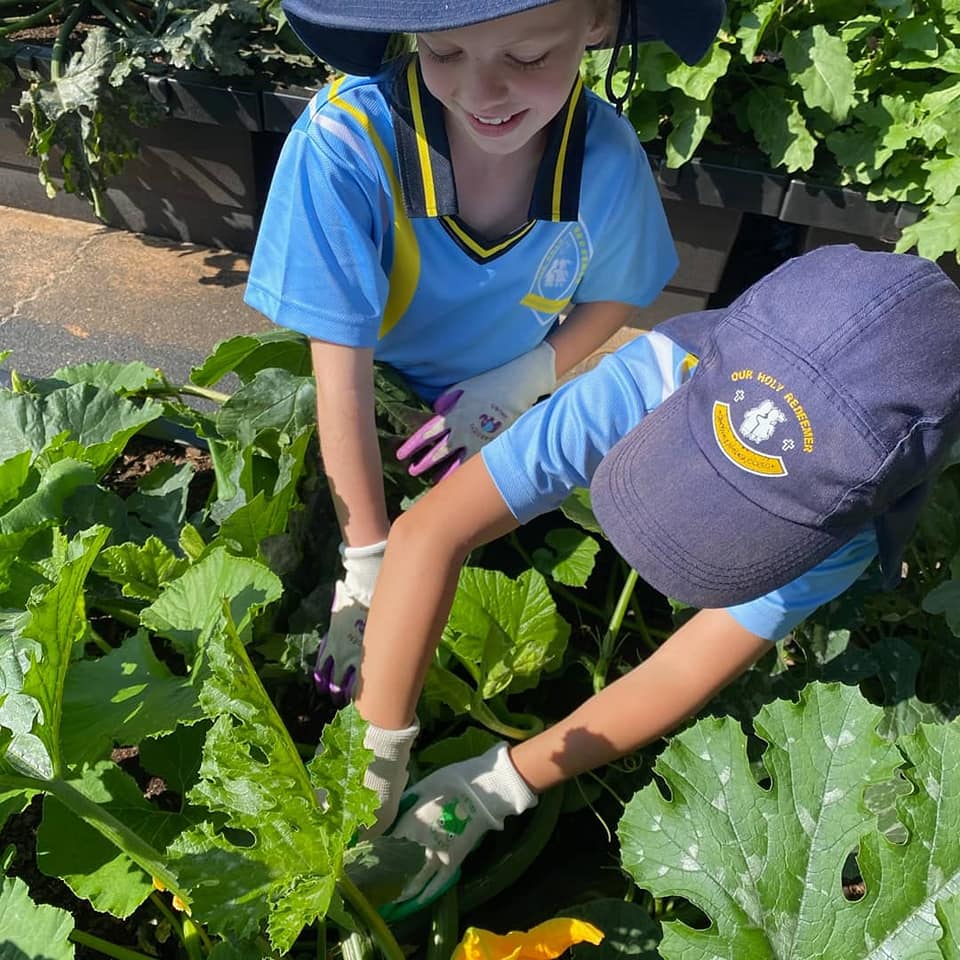
Benefits abound
The current environment of high fresh food prices is clearly driving consumer interest in growing fresh produce. But it’s also possible that once Australians get a taste of their own home-grown food, they’ll start to see the many benefits that a backyard garden can offer.
“It’s not just about food security,” says Noyce. “It’s about sustainability and community resilience. And it’s about doing something together with your family.”
Morabito agrees. She hopes more people start to connect with their food supply. “Even if it’s just something small, like growing your own herbs, or sourcing food from local growers, it reaffirms the importance of backyard gardening.”


